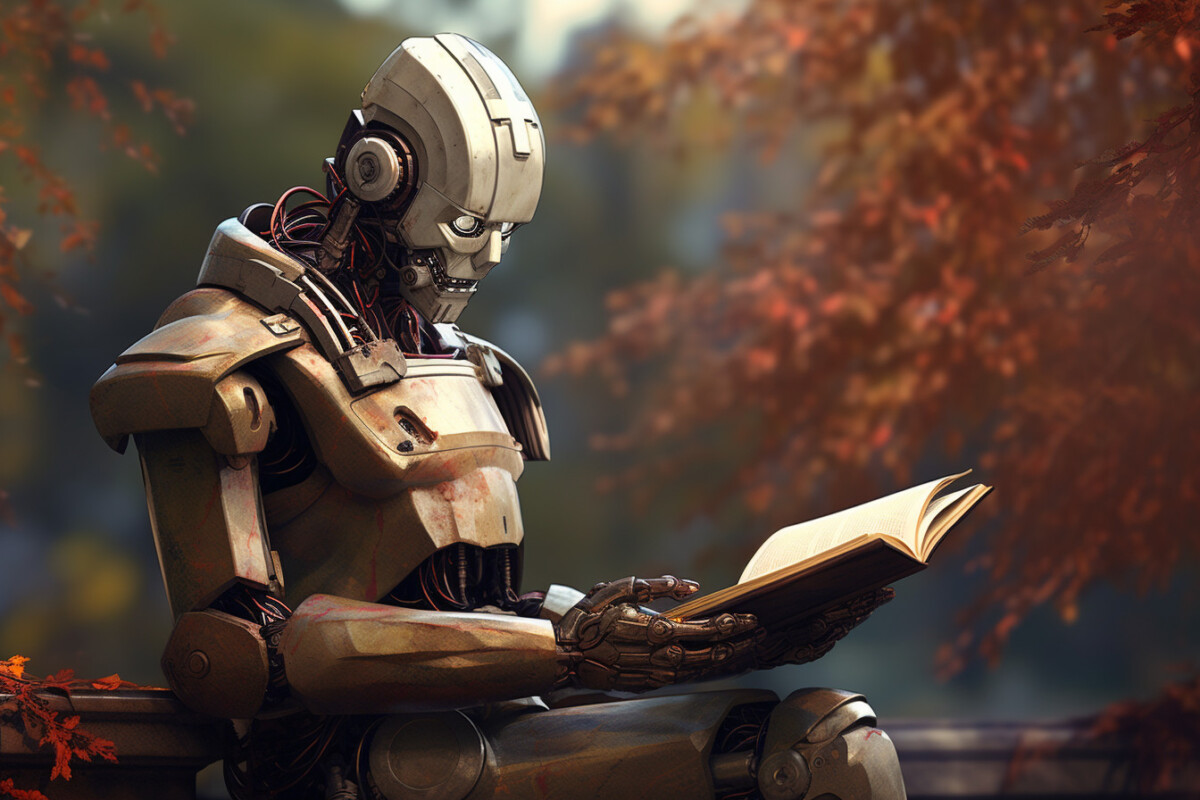Introduction
Alibaba, China’s tech behemoth, has recently unveiled two groundbreaking AI models that are set to redefine the capabilities of artificial intelligence. Named Qwen-VL and Qwen-VL-Chat, these models are designed to “read” images, a feature that sets them apart from text-based competitors like ChatGPT and Google Bard.
What Makes Qwen-VL and Qwen-VL-Chat Unique?
Unlike traditional chatbots that rely on text, these models interpret images. Imagine a chatbot that can provide directions by scanning street signs or solve math equations based on a photo. That’s the level of complexity we’re talking about here.
The Features
Qwen-VL-Chat can translate signs written in Mandarin into English, assist news organizations in writing captions for photos, and even weave narratives based on multiple images. Its sibling, Qwen-VL, is an updated version of Alibaba’s existing image-reading chatbot, now with higher resolution capabilities.
Why Does This Matter?
This isn’t just another incremental update in the world of AI; it’s a quantum leap. Alibaba’s new image-scanning technology can significantly aid visually impaired people by scanning items and reciting labels back to them.
The Technology Behind It
Both models will be available on Alibaba Cloud’s proprietary platform Modelscope and on Hugging Face, a popular startup with a library of AI models. This ensures that the technology is accessible and can be integrated into various applications.
Keeping Up with the Competition
Alibaba’s release comes hot on the heels of Meta’s AI model fine-tuned for writing code. It’s evident that Alibaba is keen on keeping pace with global AI developments, making this release a strategic move in the ongoing AI arms race.
The Bigger Picture
This development is part of a larger trend where AI is moving from being a gimmick to a genuine game-changer. Alibaba’s advancements in image-scanning technology open up new avenues for practical, real-world applications of AI.
The Future of Alibaba’s AI
Alibaba has plans to continue innovating in the AI space. Earlier this month, they unveiled their first two open-source large language models, which form the basis for the new releases. This indicates a long-term commitment to AI development.
What About Data Security?
Alibaba has been tight-lipped about data security post-release, but given the sensitive nature of image data, one can expect stringent measures to protect user information.
Conclusion
Alibaba’s new chatbot models, Qwen-VL and Qwen-VL-Chat, are not just incremental improvements but represent a significant leap in the capabilities of AI. From aiding the visually impaired to providing real-world, practical applications, these models are set to change the game.
FAQs
- What are Qwen-VL and Qwen-VL-Chat?
- They are Alibaba’s new AI models capable of reading and interpreting images.
- How do these models differ from existing chatbots?
- Unlike text-based chatbots, these models can understand and interpret images, making them more versatile.
- Where can I access these new AI models?
- They will be available on Alibaba Cloud’s Modelscope and Hugging Face.
- What are the practical applications of these models?
- They can assist visually impaired people, provide directions by reading street signs, and even help in content creation by interpreting images.
- Is Alibaba planning more such innovations?
- Yes, Alibaba has indicated that these models are part of a broader strategy to innovate and lead in the AI space.

